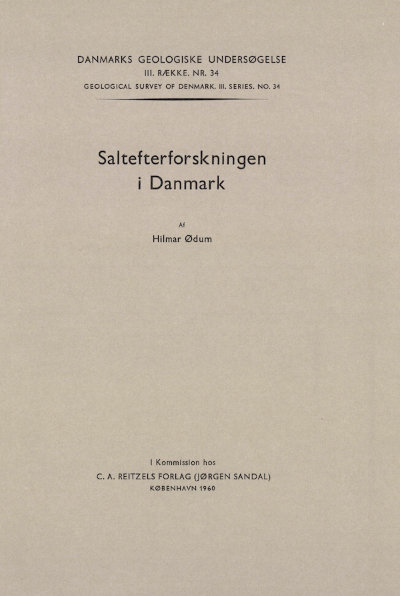Saltefterforskningen i Danmark
DOI:
https://doi.org/10.34194/raekke3.v34.6939Abstract
Denmark is heavily covered by Pleistocene Glacial drift deposits resting on Tertiary and Upper Cretaceous formations. The geology of the pre-Cretaceous was unknown until recently.
Shortly after 1920 a number of water borings encountered salt ground water in various parts of the country and several occurrences of salt ground water ascending to the surface were simultaneously located by floristical investigations. A survey of the geology of the salt groundwater was subsequently carried out and it was concluded, that part of the salt groundwater might possibly be due to ascending brines from salt deposits in the deep subsurface, and Permian salt formations were suggested.
A mining law was issued in 1932 and exploration work was shortly afterwards started by the Danish American Prospecting Co. Operations were carried on until 1959 when the concession was abandoned.
The extensive exploration work threw light on the formations and structure of the deeper subsurface of Denmark. The most significant results are the following.
An Archaean to Older Paleozoic High divides Denmark in two sedimentary sub-basins which contain relatively deeply lying Permian salt formations superposed by Triassic and Jurassic sequences. A salt dome province is found in Northern Jutland.
Permian and Jurassic formations are partly absent on the Paleozoic High. The basin south of the High constitutes the northernmost part of the North German Sedimentary Basin.
Downloads
Published
Issue
Section
License
This article is distributed under a CC-BY 4.0 licence, permitting free redistribution and reproduction for any purpose, even commercial, provided proper citation of the original work. Author(s) retain copyright over the article contents.


